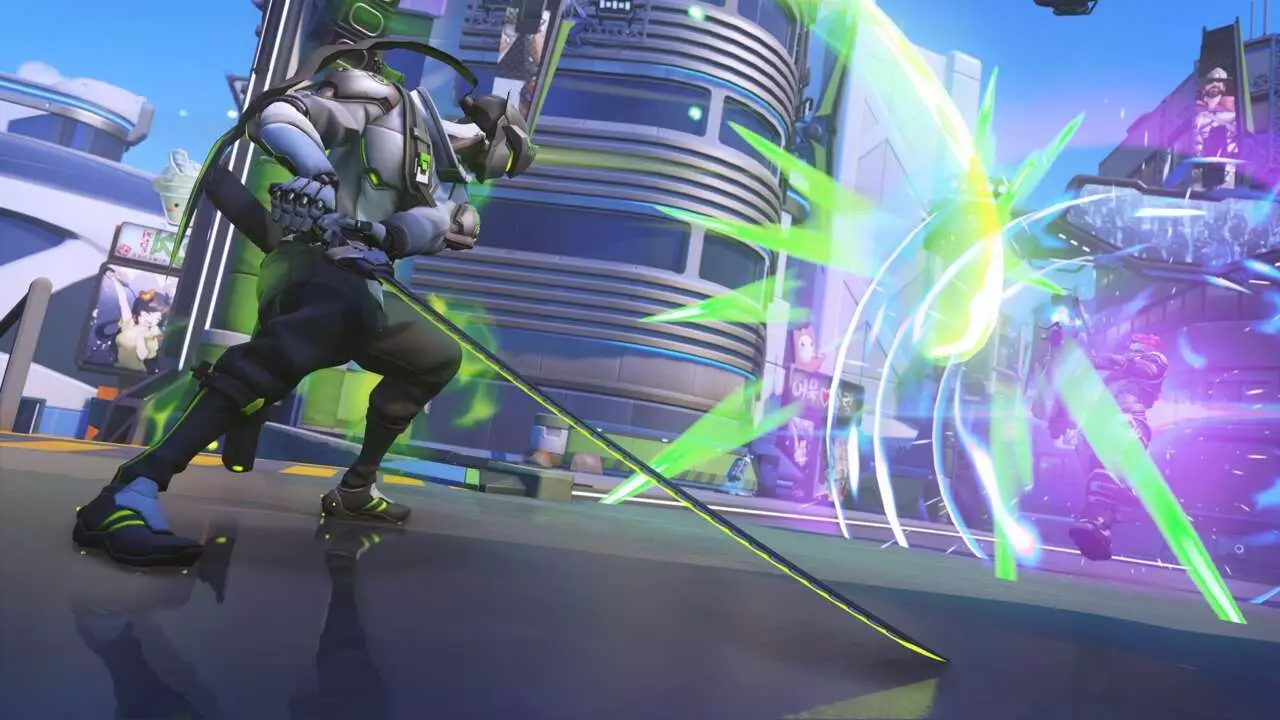In an effort to revitalize player engagement and expand its ecosystem, Blizzard Entertainment has outlined ambitious plans for Overwatch 2 moving into 2025. One of the standout features is the introduction of a game mode called Stadium, which promises to diverge from traditional gameplay mechanics. As players eagerly anticipate Season 16’s roll-out, it’s crucial to examine how this new mode could reshape competitive play and the ecosystem within Overwatch 2.
Stadium is not your typical game mode; it marks a significant departure from the previous offerings in Overwatch. Designed as a round-based, competitive format, this mode encourages players to upgrade their chosen heroes incrementally throughout the match. Much like a live service title aligning with trends in competitive gaming, Blizzard seeks to introduce layers of strategy and depth with this new design. Functioning similarly to established MOBA titles, players can invest in ability upgrades and stat-boosting items, giving Stadium a layered complexity that existing modes may lack.
The decision to employ a best-of-seven match format further accentuates the competitive nature of this mode. This structure not only enhances tension for players but also aligns with sports-like styles of play, making each victory or defeat even more impactful. However, the specificity of this structure raises questions about how it will be received by players accustomed to more straightforward gameplay dynamics.
Third-Person Perspective: An Innovative Shift
What sets Stadium apart—and may differentiate it from traditional Overwatch experiences—is the shift from a first-person to a third-person camera view. This alteration in perspective is reminiscent of mechanics seen in other popular titles, such as Marvel Rivals. While allowing an option for traditional first-person play, this dual-camera approach aims to provide players with a fresh lens through which to experience characters. It’s a bold move that could attract a new demographic of gamers while potentially alienating purists who favor the established first-person gameplay.
In a realm where visual representation can shape player strategy, moving to third-person can fundamentally alter how abilities are executed and how players navigate the battlefield. Whether this transformation will lead to a more engaging experience ultimately depends on execution, balance, and community reaction.
Economy and resource management are often determinants of success in competitive gameplay, and Blizzard appears keenly aware of this. The introduction of a pre-round “buy” phase allows players to employ strategy before engaging in combat, reminiscent of popular titles like Counter-Strike and Valorant. Moreover, the initiative to reward players with currency for both offensive and defensive actions cultivates a proactive gameplay style, urging participation rather than passivity.
The bounty system is particularly intriguing, as it introduces an additional layer of risk and reward. Targeting high-performing opponents for currency not only intensifies competition but can also alter players’ strategies mid-game, as they may choose to focus fire on top-tier challengers to reap added rewards.
To ensure balanced play in Stadium, Blizzard has strategically limited the initial roster to just 14 heroes. While this restriction may initially dishearten some fans, it reflects a recognition of the need for balance in competitive environments. Blizzard’s history of addressing hero balance issues bodes well—suggesting that the developer is prepared to tweak and expand upon this new playground as it gathers community feedback.
As players engage with Stadium, they will inevitably contemplate its impact on overall gameplay experiences. How will this mode jive with long-standing favorites like Control? Will it enhance or disrupt the existing class roles? As new heroes, such as Freya and Aqua, are introduced, community dynamics could shift in unpredictable ways.
The Bigger Picture: Loot Boxes and Perks
While the Stadium mode is a significant highlight, it is essential to contextualize it within the broader scope of Overwatch 2’s future. The return of loot boxes—previously removed from the game—indicates Blizzard’s willingness to reintroduce elements that players may have missed. Additionally, the new gameplay system dealing with Perks, allowing ability-altering bonuses, showcases a commitment to add new dimensions to player engagement.
As fans await the full rollout of these updates, the overall narrative of Overwatch 2 continues to evolve. The potential success of Stadium could redefine its competitive landscape, further solidifying the franchise’s resilience in a continually shifting gaming realm. Ultimately, it’ll be up to the community to embrace these innovations and shape the next chapter of Overwatch 2 together.

